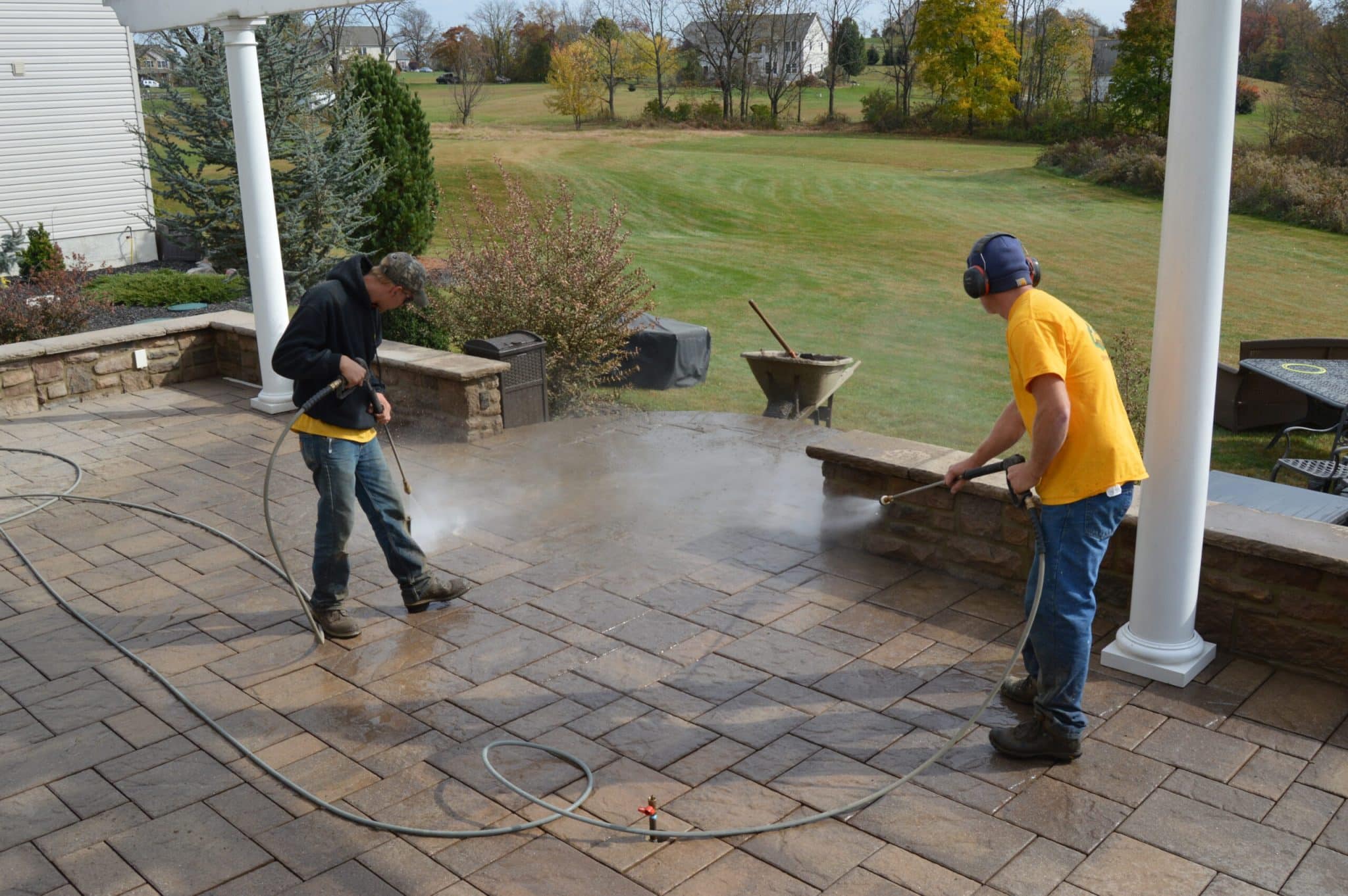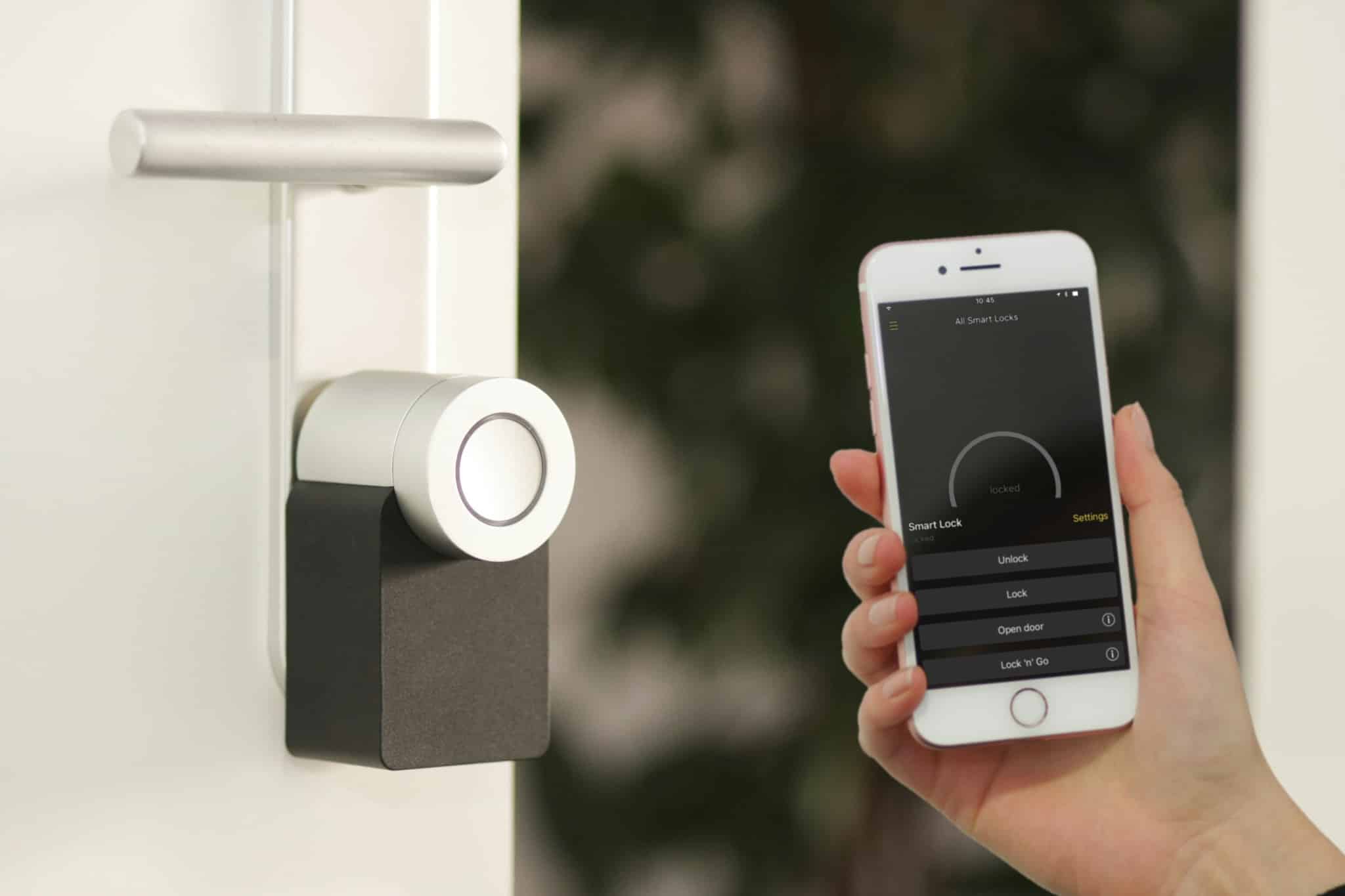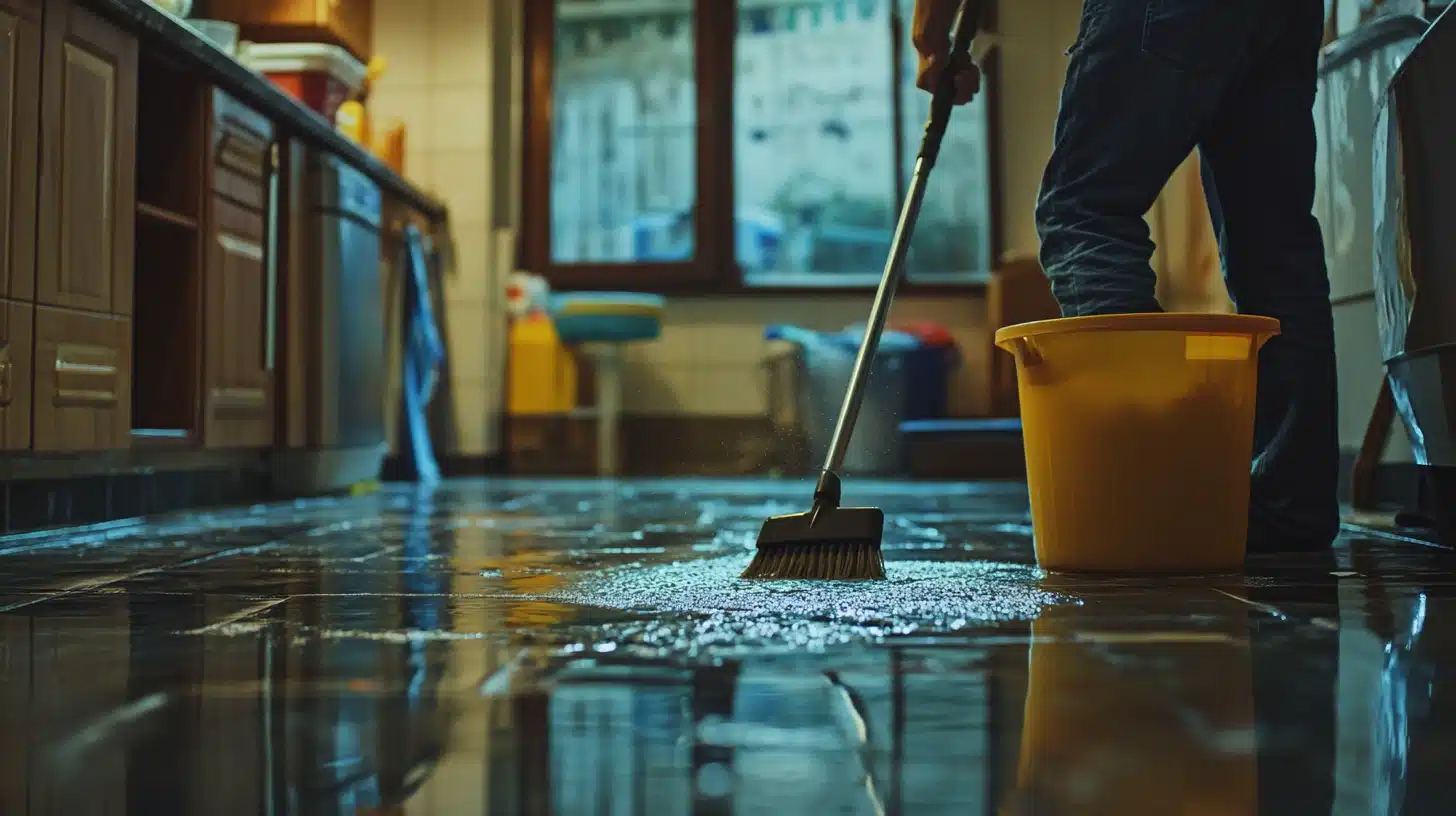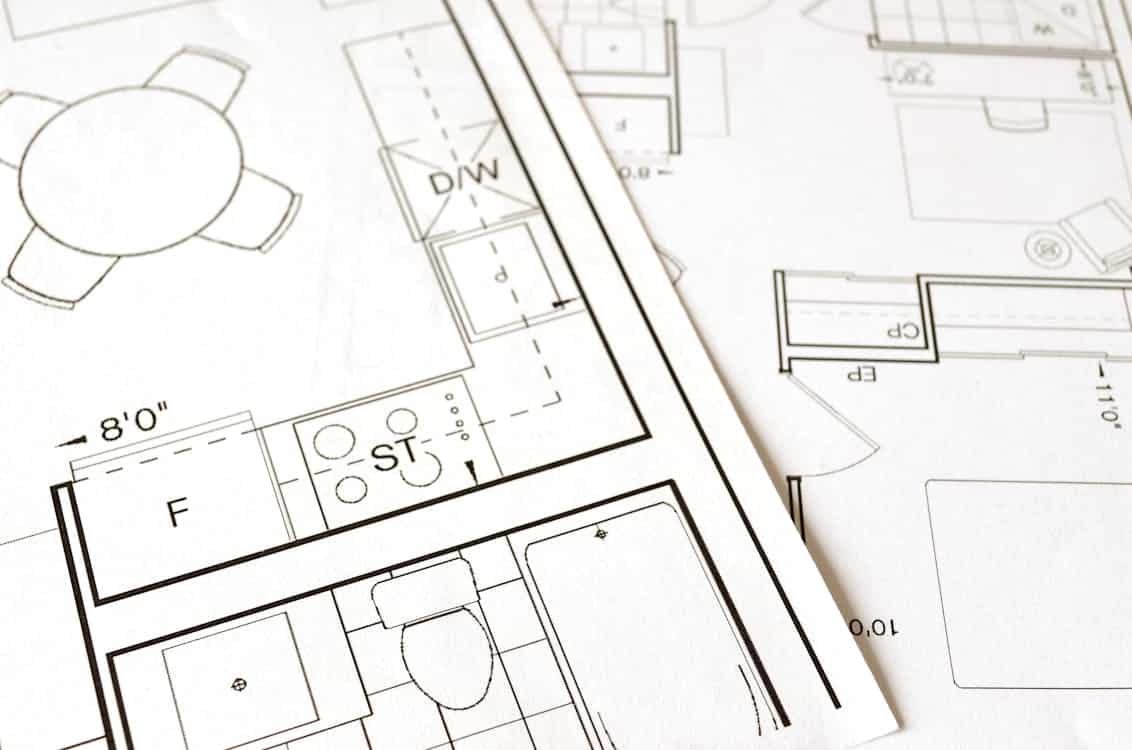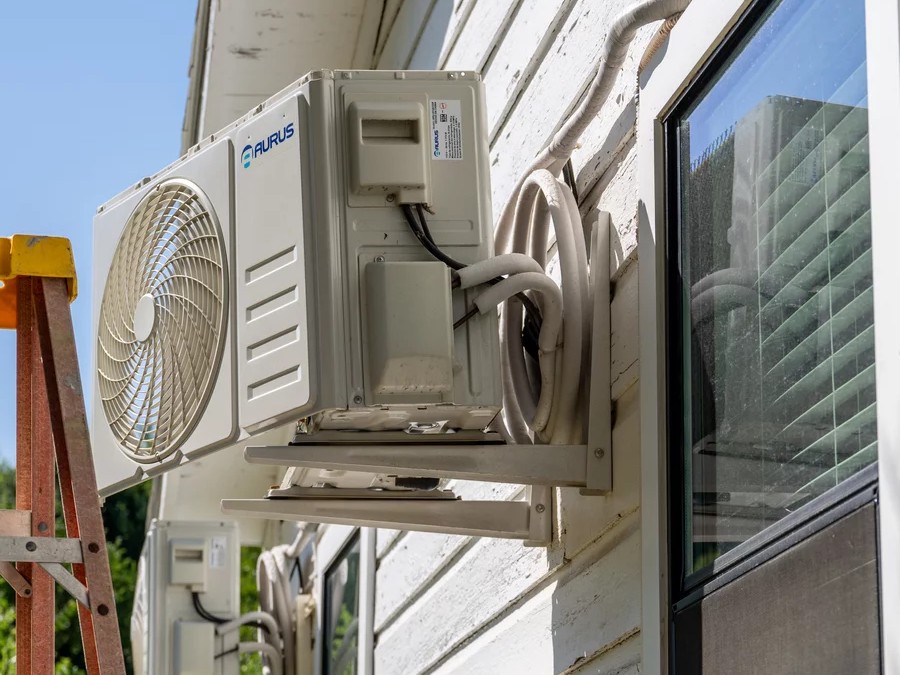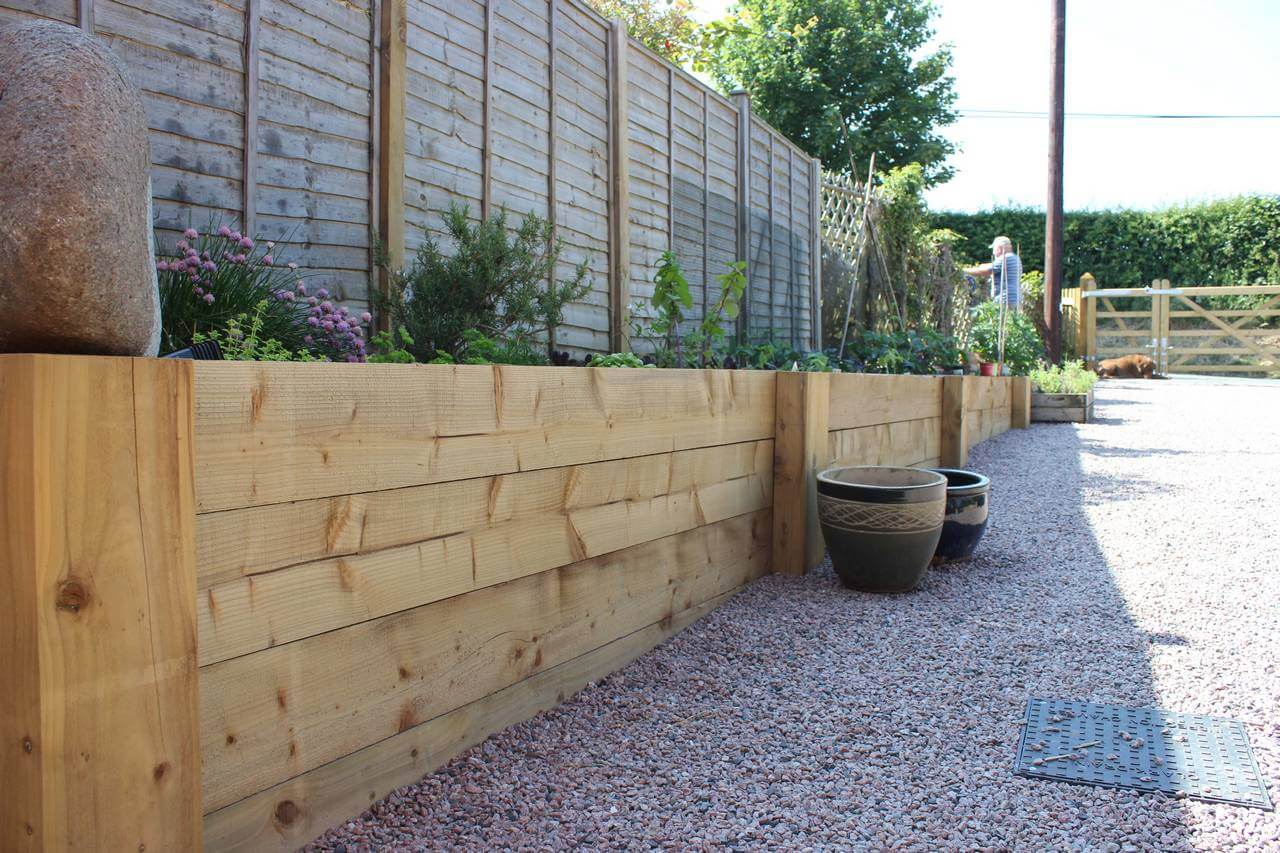Improve Your Home with Driveway and Patio Jet Washing
You’re standing in your driveway, looking at the once beautiful paving now marred by oil spills, weather discoloration, or stubborn moss. Sounds familiar, doesn’t it? Next thing you know you’re considering calling professional pressure washing services for expert help.
But wait! Why not take matters into your own hands? By understanding the science behind jet washing and safety measures to take, you can refresh your driveways and patios yourself!
The Science Behind Jet Washing
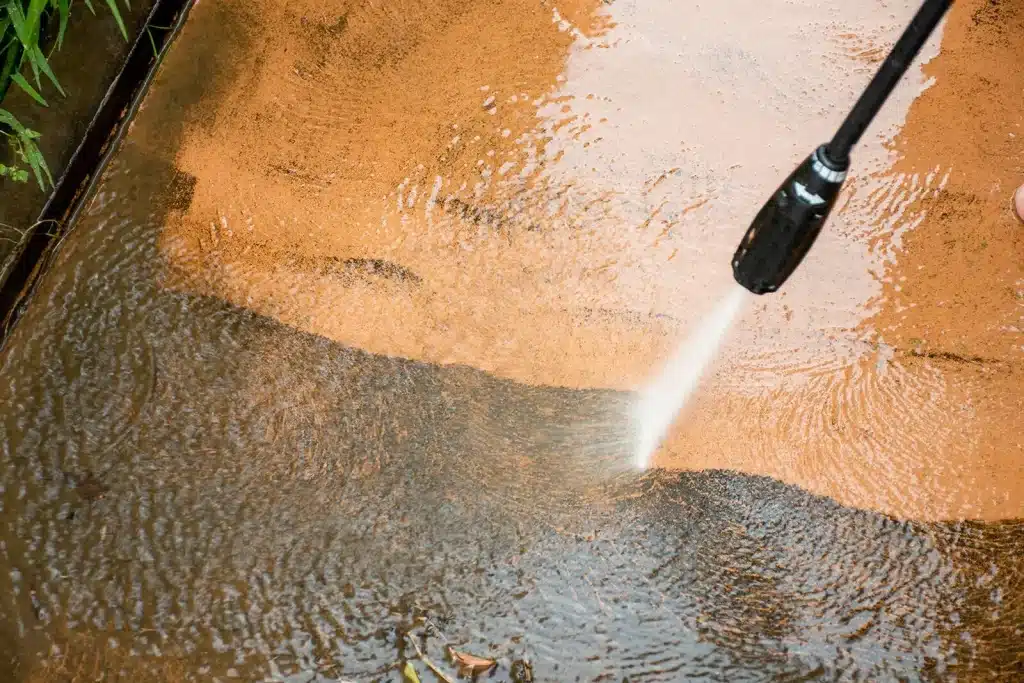
First things first, let’s understand the science behind jet washing. Jet washers, also known as pressure washers, are powerful tools that clean using high-pressure water spray. They emit water at tremendous velocity which acts as a dirt eraser on various surfaces.
The primary physics principle behind jet washers is Pascal’s law. It states that changes in pressure on an enclosed fluid are uniformly transmitted throughout the medium.
In simpler terms, when you force water through a hose at high pressure and then release it via a smaller outlet, it exits with significant speed and force capable of removing stubborn grime and dirt from your driveway or patio.
You may wonder why normal water hoses can’t do the same job. The difference lies in the pounds per square inch (PSI). The PSI measurement helps determine the volume of water a machine can output. Most garden hoses release water at about 40 PSI, while pressure washers can boast anything upwards of 750 PSI!
Interesting right? Well, knowing that jet washing uses simplistic science principles can make using one feel less daunting. It’s all about harnessing the power of water effectively.
Choosing a Suitable Jet Washer
Selecting a suitable jet washer depends on your need and technical capabilities. The gas-powered ones offer higher pressure, which suit larger driveways or patios covered in heavy-duty stains and grime.
Alternatively, electric jet washers are more appropriate for smaller spaces and light cleaning tasks. They come with bonus points for being environmentally friendly!
Apart from PSI, you also need to consider the Gallons Per Minute (GPM) rating of the washer. This determines how fast the water is pumped. Higher GPM generally means faster cleaning.
If you struggle with unfamiliar technicalities, reference guides by trusted organizations like Consumer Reports offer helpful tips on choosing a suitable pressure washer.
Preparing for Driveway and Patio Cleaning

Before grabbing your shiny new jet washer, understand the importance of preparing your driveway and patio for cleaning. Clear away any surface debris like leaves or loose dirt using a broom. Also, remember to unplug electric ports (if any) or move any electrical appliances out of range.
Next step? Pre-treat your pavement. Apply detergent to particularly stubborn stains before you start washing. This assists in breaking down the grime, making it easier to wash away. Though simple dish soap can do the trick, specialized cleaners made for jet washers bode better results.
Pointers for use: let your detergent sit on the stains for at least 5-10 minutes but avoid letting it dry fully — this would only add another cleaning task to your list!
Last but not least, ensure that no one will need immediate access to the area while you clean; wet patios are accident-prone zones!
Safety Measures with Jet Washers

You’re nearly an expert jet washer now! You could even start offering pressure washing services! But before we get there, a word of caution – safety first! Remember, you’re dealing with water propelled at high speed, and it could be harmful if not handled correctly.
Wear protective clothing. Think gloves and waterproof safety footwear! And don’t forget eye protection; you wouldn’t want a fleck of upturned grit in your eye! Would you?
Avoid using jet washers from a ladder or raised surface, as the force can push you over. If you have to clean higher areas, an extension wand will do the trick.
Always point the spray gun away from yourself, other people or pets. Always remember to maintain a safe distance between you (or others) and nozzle end.
A final housekeeping tip: make sure to read and follow the manufacturer’s instructions thoroughly before operating the jet washer. Any misuse can lead to accidents.
Journey through Jet Washing Driveways
You’re finally ready for your first driveway or patio cleaning with your own tools! Start with practicing on a hidden spot first — maybe in the corner of your driveway. This helps familiarize yourself with the washer’s power without risking visible mistakes.
Use sweeping motions, and keep your spray at a consistent distance. Too close could damage the concrete, too far away won’t clean sufficiently. Find that sweet spot!
The moment of truth is upon us – time to deal with that stubborn patch with an oil stain or mossy area! With practiced motions, it’ll come off easier than scraping paint off a wall!
And voila – fresh, clean driveways and patios courtesy of yourself! Be cautious but confident. A can-do attitude coupled with adequate understanding will surely make this home project a satisfying experience.
The Art of Patio Jet Washing
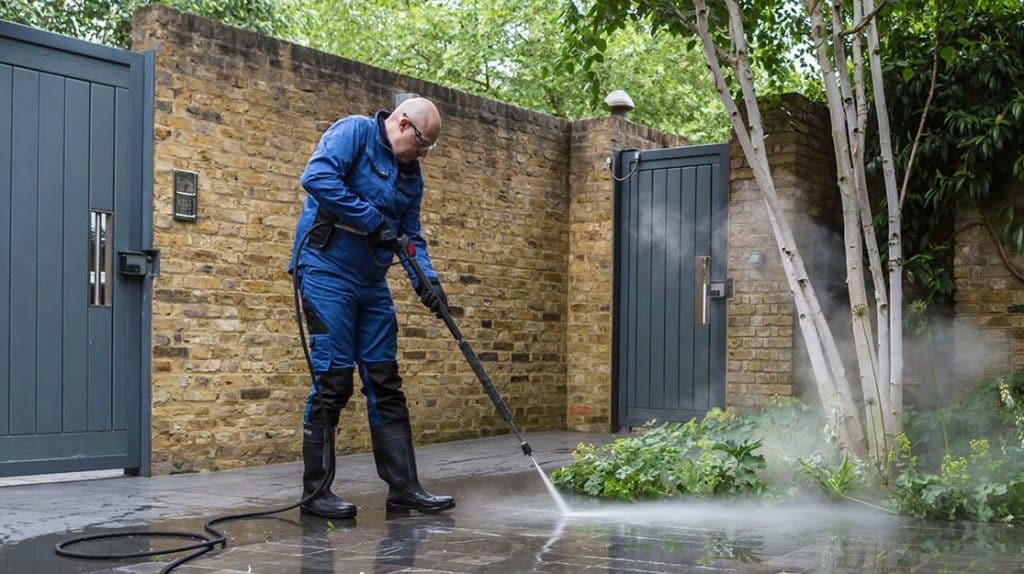
A significant part of jet washing is understanding its art. Getting the hang of it requires practice and precision. Start by setting the pressure washer on a lower setting initially for your patio cleaning, as patios often consist of smoother and softer surfaces that need gentler treatment compared to driveways.
It’s not just about spraying water though! Technique matters too. Direct the jet in a 45° angle, allowing the water to “sweep” the dirt away without causing any potential damage to the surface material. Avoid aiming the spray directly down as this could lead to uneven wear or even create a drilling effect.
Moreover, for increased effectiveness, consider investing in attachments like rotary surface cleaners or specific tip nozzles designated to clean concrete or stonework. It’s these little tricks of the trade that transform you into a patio-cleaning Picasso!
Tips to Boost Washing Efficiency
Want your jet washing experience to be a breeze? Boost efficiency with these essential tips:
- Sensible Start: Always begin from one end and work systematically towards the other to prevent cleaning previously done areas.
- Patience Pays: Moving the sprayer too quickly won’t give the water stream enough time for efficient cleaning. Aim for a snail’s pace over hare speed!
- Circular Motions: Try using controlled slow circles when dealing with stubborn stains, just as you would scrub them manually.
- Anti-sun Strategy: It’s best to jet wash in cooler, shaded conditions. Doing so in bright sunlight might rapidly evaporate the water, leaving behind streaks on the cleaned areas.
- Post-cleaning Rinse: After finishing with the detergent or soap, don’t forget to run pure water through the system. This helps prevent future nozzle blockages.
The ‘how-to guides’ provided by Popular Mechanics are great for step-by-step instructions on leveraging these tips and much more!
Common Jet Washing Troubles
Experiencing technical difficulties with your jet washer? Fear not! With the right guidance, most common issues impacting jet washers aren’t as hard to manage as they might initially seem. Here are frequent issues you might encounter:
- Machinery Noises: Hearing unusual noises? Check your water levels – low pressure could be the root cause.
- Low-Pressure Problems: If your water pressure feels weak, check for blockages in the nozzle or hose. Ensure reliable water feed to your machine.
- Pump Issues: If your pump fails to run smoothly, it might need a little oil top-up. A quick maintenance check should help resolve the problem.
To avoid more significant troubles, always follow recommended washer maintenance suggestions.
Maintaining Your Jet Washer
Your jet washer is definitely an investment piece – prolonged cleaning performance requires a bit of care and attention too. Ensure longevity via basic maintenance measures.
Drain the water after each use to avoid bacteria buildup. If you’re using a gas-powered pressure washer, regular engine service maintains the appliance’s efficiency. For electric pressure washers, check electrical cords for any potential damage or leakage.
More importantly, store your washer in a dry and clean place to prevent rusting or other wear-and-tear. Finally, occasional professional servicing can also go a long way in ensuring that smaller unnoticed issues don’t morph into more substantial problems.
Environmental Impact of Jet Washing
Eco-conscious homeowners are likely to question: what’s the environmental impact of jet washing? The good news is that this cleaning method uses water more efficiently than traditional methods; however, it does have the potential to cause harm if not managed correctly.
Cleaning chemicals used may harm local plant life or be harmful to marine life if they enter the drainage system. Therefore, opt for environmentally friendly cleaners whenever possible.
Also, be aware that contaminated runoff can enter local waterways, making environmental responsibility necessary when cleaning substances like motor oil or pesticides. Connect with local environmental agencies or follow guidelines by the U.S Environmental Protection Agency for best practices in managing domestic wastewater.
In Conclusion
Jet washing driveways and patios takes practice but is doable for DIYers. Always prioritize safety and the environment. Follow trusted guides, and you’ll soon master this rewarding home maintenance task.

